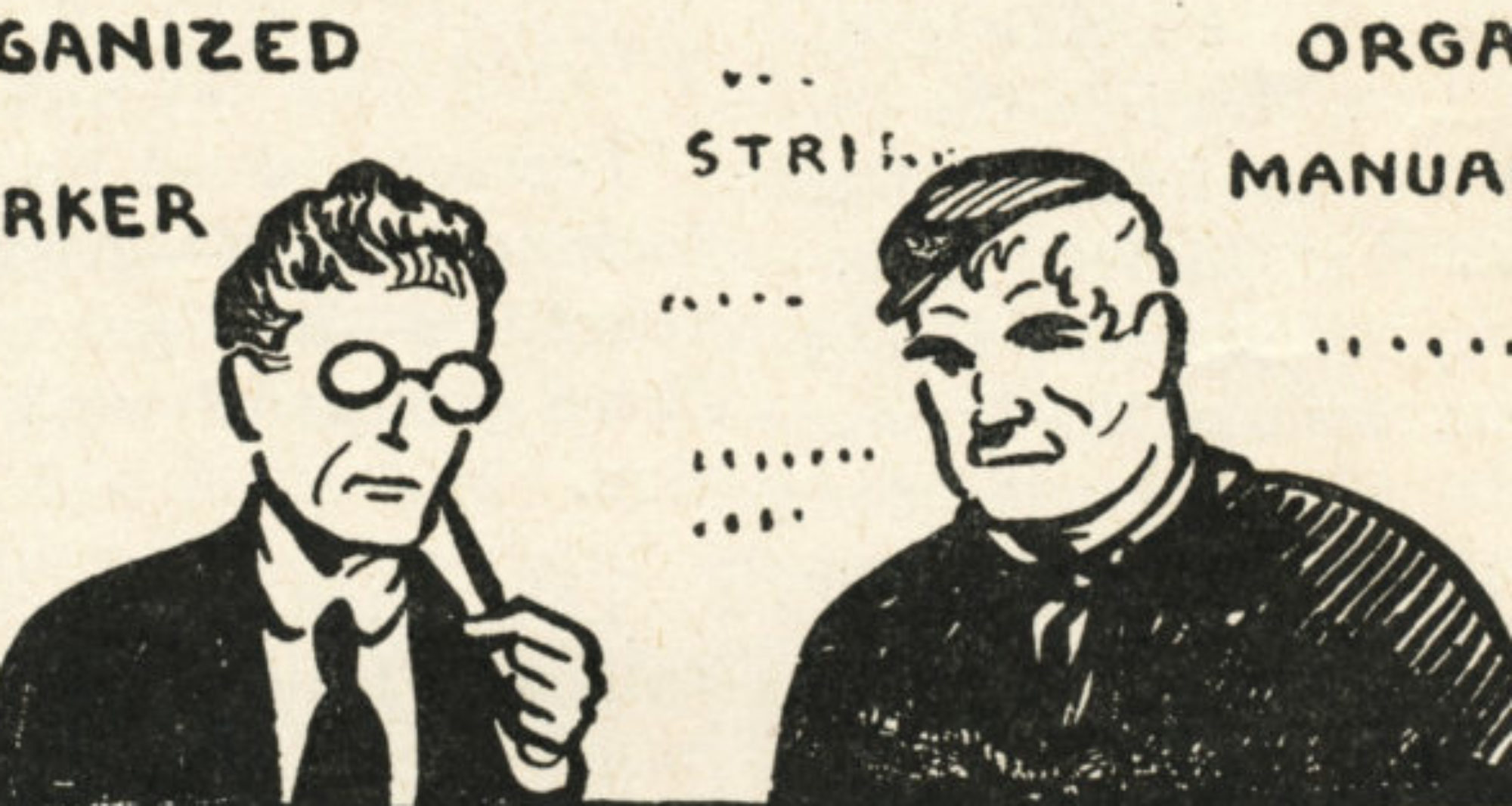Labor’s Pedagogy of the Organized
John Brophy believed in the power of ideas. A coal miner since the age of twelve, he rose through the ranks of the United Mine Workers of America (UMWA) to lead one of its key districts in the anthracite coalfields of eastern North America. Inspired by his Catholic faith and what he had seen the miners do in Pennsylvania, he rejected both materialism as explanation and force as strategy. “There are people who think that ideas are of little avail,” he told a national conference of trade unionists and educators in April 1921. The wars, revolutions, and counterrevolutions unfolding across the globe convinced some people that force and violence were the only effective tactics. But Brophy told them, “My experience in Central Pennsylvania has convinced me that ideas are a power.” Over three decades of organizing, the miners of his district had established the eight-hour workday, banished the company store from their communities, and raised income significantly. In the union, “organization and ideas were joined,” creating “a consciousness and desire for a better life” among the miners and their families. Together, organization and ideas “have instilled into them a consciousness of the power of numbers. They have made them aware of the fact that they are working in an essential industry, and that because the miner is doing necessary work he is entitled to the best the industry can afford.”

“You begin to see and hear things that have always been there, but to which you have been deaf, dumb and blind.”
Brophy’s influence was deeply felt in the labor movement and across American industrial society, even without the nationalization of the coal industry. His vision of unionism as a moral power, shared and amplified by activists such as Fannia Cohn and A. Philip Randolph, would come to fruition in Labor’s upsurge of the 1930s. The vehicle for developing this moral power was a program of workers’ education: the cultivation of social movement skills and consciousness among working-class adults. During difficult times of political reaction, trade union retrenchment, and ideological schism, workers’ education was the glue that held together a divided and often-defeated union movement at the grass roots. La- bor colleges forged networks of like-minded militants and distributed the tools that could effectively contest economic inequality. They also linked trade unions to a wider pool of activism and cultural capital among journalists, writers, and academics. In the process, they built a more secure perch from which working- class activists could effectively engage the public sphere. The main impulse of the movement was toward the development of local activists who would become self-directing nodes in a social movement network. Key to the activation of this network was the seemingly simple task of seeing reality for what it was. As the garment worker Sadie Goodman put it, for the worker who attends a labor college, “the world begins to stretch out. You begin to see and hear things that have always been there, but to which you have been deaf, dumb and blind.”

You must be logged in to post a comment.